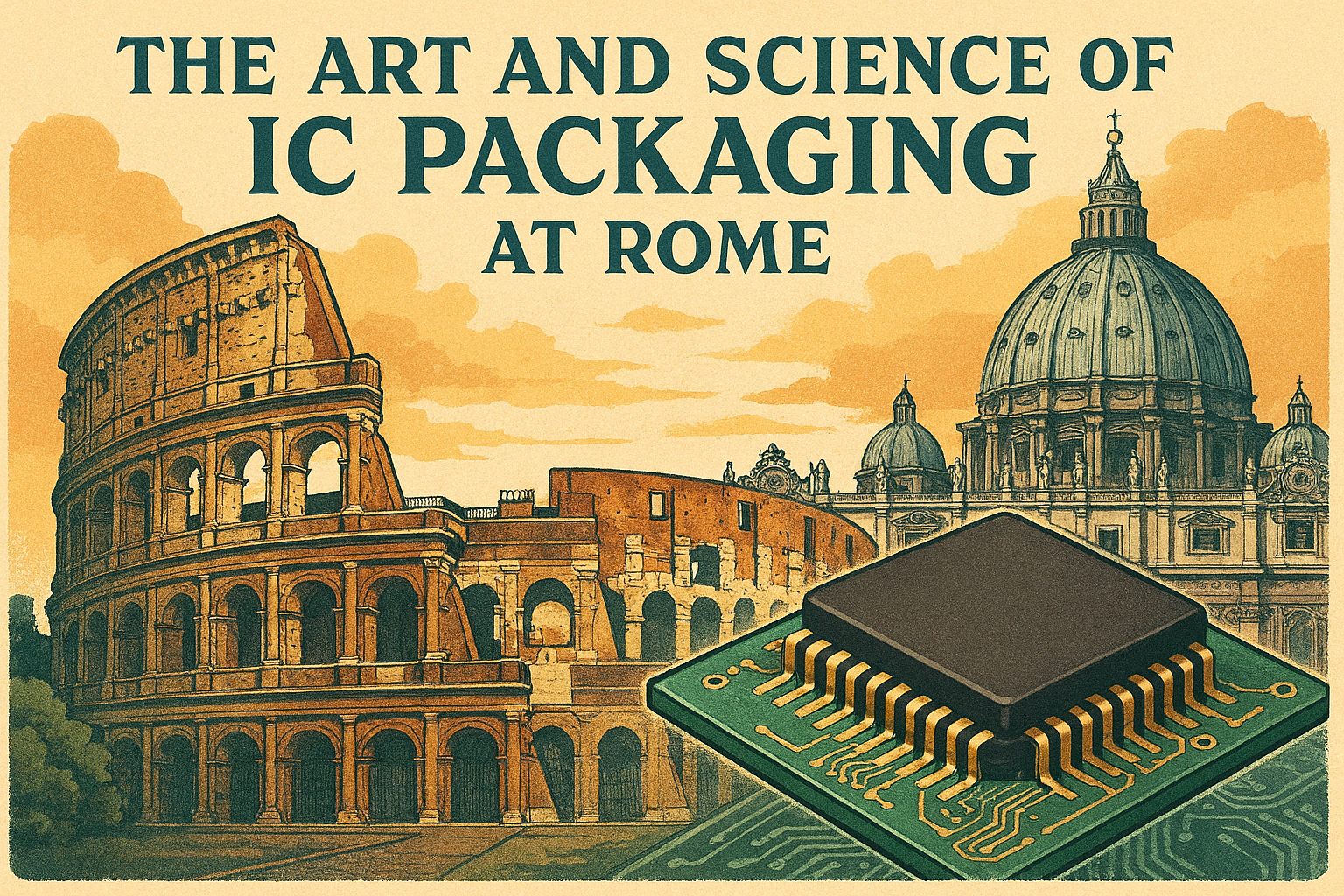Rome, a leader in semiconductor technology, offers approximately 900 distinct IC package types, managed by its dedicated LSI Package Development Division. This division tirelessly pushes the boundaries of innovation at the micron level, transforming millions of semiconductor elements into tangible products sealed in resin. The relentless pursuit of excellence in packaging technology is driven by the need to meet evolving market demands for higher power and further miniaturization of integrated circuits (ICs). A critical role of packaging technology is to maximize the performance characteristics of semiconductor devices, presenting the ongoing challenge and mission of delivering the highest quality in this dynamic context.
The Role of a Package Engineer
The work of a package engineer at Rome begins with a deep understanding of the principles and mechanisms underlying the manufacturing process. For instance, the wire bonding process alone requires meticulous attention to detail. Engineers must handle the overall design of the lead frame, select appropriate bonding materials, and determine the loop shape, height, and bending positions. With over 100 parameters to configure during bonding, precision is paramount.
One engineer, reflecting on their journey, shared, “My original area of expertise was applied science, but I gradually learned each aspect of my current role step by step on the job.” This learning process involves internal collaboration with teams responsible for circuit design and manufacturing, as well as external coordination with material and equipment manufacturers. A hallmark of Rome’s approach is assigning a single engineer to oversee the entire process—from design transfer to the factory to establishing a mass production system. While acquiring the necessary knowledge and technical skills is challenging, the sense of accomplishment upon completing a product is profound, akin to nurturing one’s own child.
Read More: Business Model Reinvention: Strategies for Navigating Economic and Technological Change
Evolving Development Processes
Historically, Rome employed a division-of-labor system to cultivate specialists in various areas of expertise. However, the company shifted away from this model for two key reasons. First, seamless and consistent communication across teams became essential. Second, there was a strategic focus on improving quality by refining each development process from the earliest stages of manufacturing. Instead of relying solely on production sites to address quality issues, Rome aimed to embed quality into the design phase. This shift led to the adoption of the current system, where engineers oversee the entire development process.
Rome’s extensive expertise, accumulated since its founding, includes the in-house development of production systems and dies. By leveraging this knowledge, the company aspires to tackle challenges that align with contemporary needs, positioning itself as a collective of master craftsmen. This spirit of challenge and craftsmanship is vividly demonstrated in products like the isolated gate driver IC, introduced to the market to meet the demands of the electric vehicle (EV) era.
A Case Study: The Isolated Gate Driver IC
The isolated gate driver IC is a standout product comprising three components, with a defining feature: a high withstand voltage of several thousand volts. This capability is enabled by the integration of an isolation element within the surrounding encapsulation resin. While the structure appears simple, achieving mass production presented two significant challenges.
Challenge 1: Minimizing Foreign Particles
The first challenge was to reduce the presence of foreign particles inside the packages to nearly zero. While improving manufacturing processes at the factory was critical, Rome’s engineers went further, making numerous visits to material, die, and equipment manufacturers for in-depth discussions. They re-examined the detailed structures of dies and lead frames, leading to significant advancements over conventional equipment. These collaborative efforts and iterative improvements were instrumental in achieving the desired level of purity within the packages.
Challenge 2: Ensuring Long-Term Reliability
The second challenge was designing a package capable of preventing dielectric breakdown even after decades of use. Automotive components are subject to stringent safety standards, requiring this small IC package to withstand voltages exceeding 1,000 volts for many years. To address this, Rome embarked on an unprecedented effort to gather evidence supporting the product’s reliability. The company constructed an in-house insulation testing environment and intentionally introduced foreign particles and voids into the package to conduct repeated durability tests.
Initially, this process involved continuous trial and error. However, it ultimately led to the establishment of a robust theory on insulation lifespan, enabling Rome to develop a product it could confidently offer to customers. This rigorous approach underscores the company’s commitment to not only meeting current demands but also paving the way for future advancements.
Read More: Finance Watch: Safeguarding Financial Stability for Society
The Broader Mission of Package Engineering
The work of a package engineer at Rome extends beyond creating the requested product. It involves acquiring the technologies and expertise that drive future innovations. Each day brings new challenges and opportunities to innovate and grow, reflecting the dynamic nature of the semiconductor industry. By blending technical precision with a craftsman’s dedication, Rome continues to shape the future of IC packaging, delivering products that power the technologies of tomorrow.

